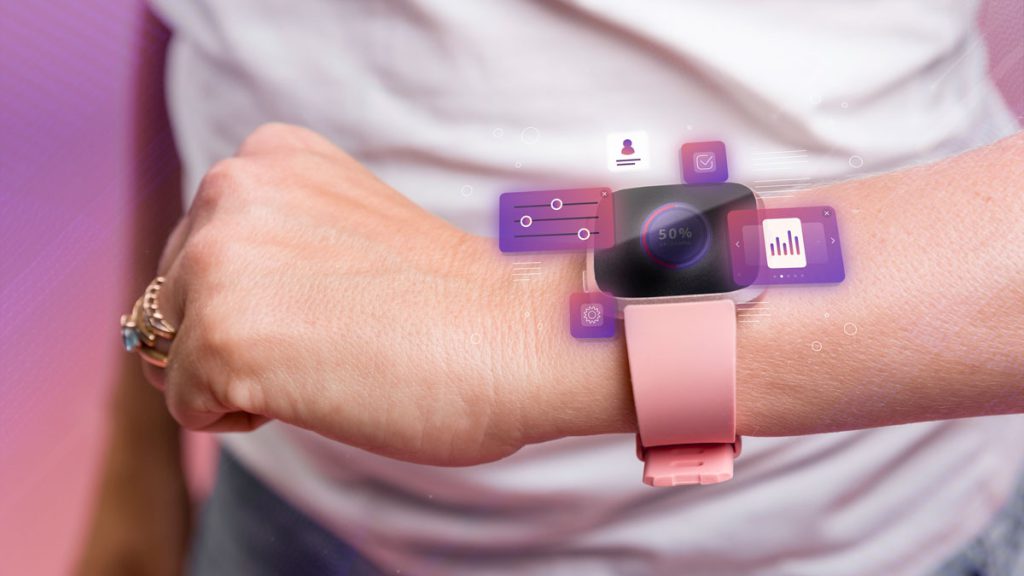As technology evolves at a rapid pace, the way we communicate and interact with information is also undergoing a transformation. One of the most exciting frontiers in visual technology today is the development of holographic displays. While holograms once seemed like a futuristic concept limited to science fiction, they are quickly becoming a practical reality with the potential to revolutionize everything from entertainment and marketing to medical imaging and virtual collaboration.
Holographic displays use light to project three-dimensional images that appear to float in space without the need for special glasses or headsets. These displays offer a new, more immersive way to interact with visual content, creating a sense of depth and realism that traditional 2D screens simply cannot match. But what exactly are holographic displays, and how can they shape the future of communication?
What Are Holographic Displays?
A holographic display works by using a combination of light and lasers to project a three-dimensional image into a physical space. Unlike traditional displays that rely on flat panels, holographic displays create images that seem to float in mid-air, allowing viewers to view them from multiple angles. These displays do not require the viewer to wear special glasses or use headsets, making them more accessible and immersive.
There are various methods to create holograms, but most of them rely on the principles of interference and diffraction. In a simple hologram, light from a laser is split and reflected onto an object. This light is then recorded and used to generate an image that can be projected onto a surface. The result is a 3D representation of the object, which can be seen from different perspectives as the viewer moves around.
While the science behind holographic displays is intricate, recent advancements in materials science, optics, and computing have made these displays more feasible than ever before. Companies like Looking Glass Factory, VNTANA, and Microsoft’s HoloLens are already bringing holographic technology to market, and more innovations are on the horizon.
The Potential Applications of Holographic Displays
- Entertainment and Media
One of the most promising uses of holographic displays is in the entertainment industry. Holograms could be used to create more immersive experiences in movies, gaming, and live performances. Imagine attending a concert where your favorite artist performs in holographic form, or playing a video game where characters and environments are rendered as 3D projections, allowing you to interact with them as if they were real.
Holograms can also revolutionize the way movies are made. Rather than relying on green screens and special effects, filmmakers could use holographic projections to create scenes that are more dynamic and realistic. As the technology advances, the potential for more lifelike and interactive entertainment becomes limitless.
- Advertising and Marketing
Holographic displays are already being used in the marketing world to grab attention and engage customers in new ways. Retail stores can use holograms to showcase products, allowing customers to see items in 3D and interact with them as if they were right in front of them. This not only creates a more memorable experience but also gives customers a better understanding of the product before making a purchase.
In the digital advertising world, holographic billboards and interactive displays are changing the way brands connect with consumers. Instead of static ads, marketers can create 3D visuals that capture attention, making advertisements more engaging and dynamic. With the rise of AR (augmented reality) and VR (virtual reality), holographic displays can bridge the gap between the real world and the virtual one, offering more personalized and immersive advertising experiences.
- Healthcare and Medical Imaging
In the medical field, holographic displays have the potential to transform how doctors and surgeons view and interact with patient data. Currently, medical imaging techniques like CT scans and MRIs provide 2D slices of a patient’s body, which doctors must interpret to diagnose conditions. Holographic technology can convert this data into 3D visualizations that can be viewed and manipulated from different angles, giving healthcare professionals a more comprehensive understanding of a patient’s condition.
Surgeons could use holograms to plan complex surgeries, visualizing the anatomy of the patient in three dimensions before making any incisions. For medical education, holographic displays could allow students to interact with 3D models of human anatomy, offering a more hands-on and immersive learning experience than textbooks or 2D images.
- Virtual Collaboration and Communication
As remote work continues to grow in popularity, holographic displays could provide a more immersive way for people to collaborate across distances. With holographic video calls, individuals could interact with lifelike 3D representations of their colleagues, making communication feel more natural and human. This could help bridge the gap between remote workers and in-office teams, improving collaboration and reducing the sense of isolation that can come with working from home.
In virtual meetings, participants would no longer be limited to a flat screen. Instead, holographic displays could allow team members to sit around a 3D table, discussing documents and projects as if they were physically present with one another. This type of immersive communication could significantly improve the way businesses and organizations function in the digital age.
- Education and Training
The education sector could benefit greatly from the use of holographic displays. Instructors can bring complex concepts to life, from historical reenactments to scientific simulations. Imagine learning about ancient civilizations by interacting with holograms of people, architecture, and artifacts from that time period. For more hands-on fields like engineering, students could work with 3D models of machinery, understanding how different parts fit together and function.
Holographic displays could also be used for training simulations, where trainees can practice real-world skills without the risks associated with live training. In fields like aviation, military, and medicine, realistic 3D simulations could prepare professionals for a variety of situations, enhancing the learning experience and improving outcomes.
Challenges and the Road Ahead
While holographic displays hold enormous potential, there are still a few challenges that need to be addressed before they become mainstream. The most significant hurdle is cost; the technology required to create high-quality holograms is still expensive, making it difficult for many businesses and consumers to adopt. Additionally, there are technical challenges related to creating more efficient and accessible holographic displays, such as improving the resolution and brightness of projections.
However, as with all emerging technologies, advancements are happening rapidly. As research continues and production costs decrease, it’s likely that holographic displays will become more widely available and integrated into our everyday lives.
Conclusion
Holographic displays are set to revolutionize the way we communicate, learn, shop, and entertain ourselves. From immersive gaming and entertainment to life-changing applications in medicine and remote collaboration, the potential applications of holography are vast and exciting. While there are still technical and financial hurdles to overcome, the future of holographic technology is bright. As the technology continues to evolve, we may soon find ourselves living in a world where holograms are a normal part of our daily lives, reshaping how we interact with information and each other.














